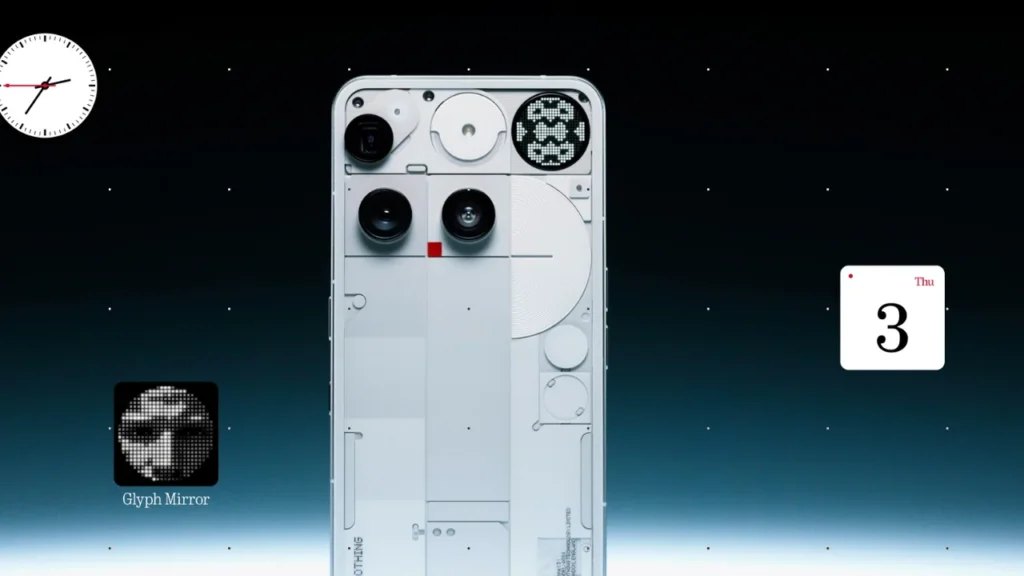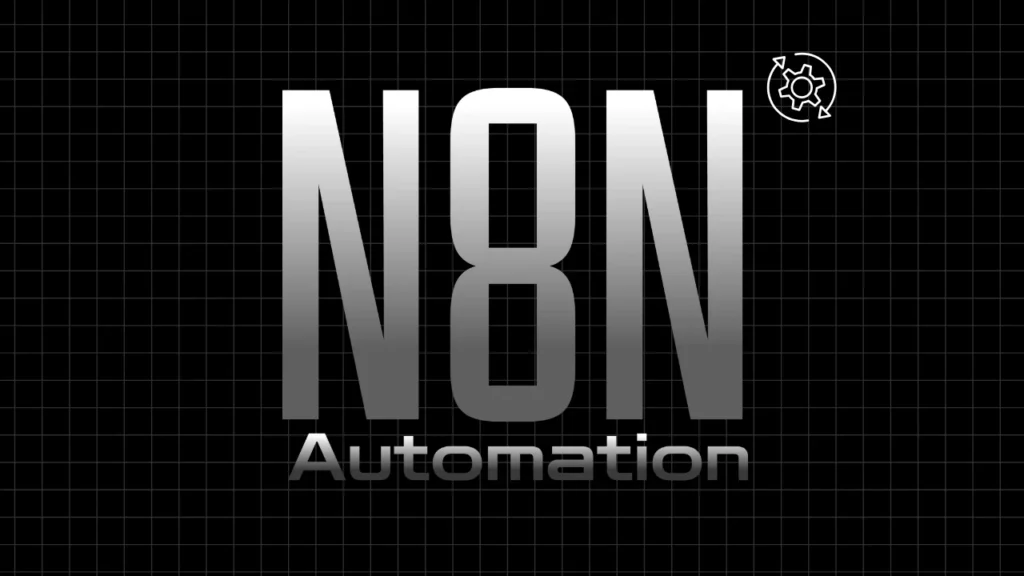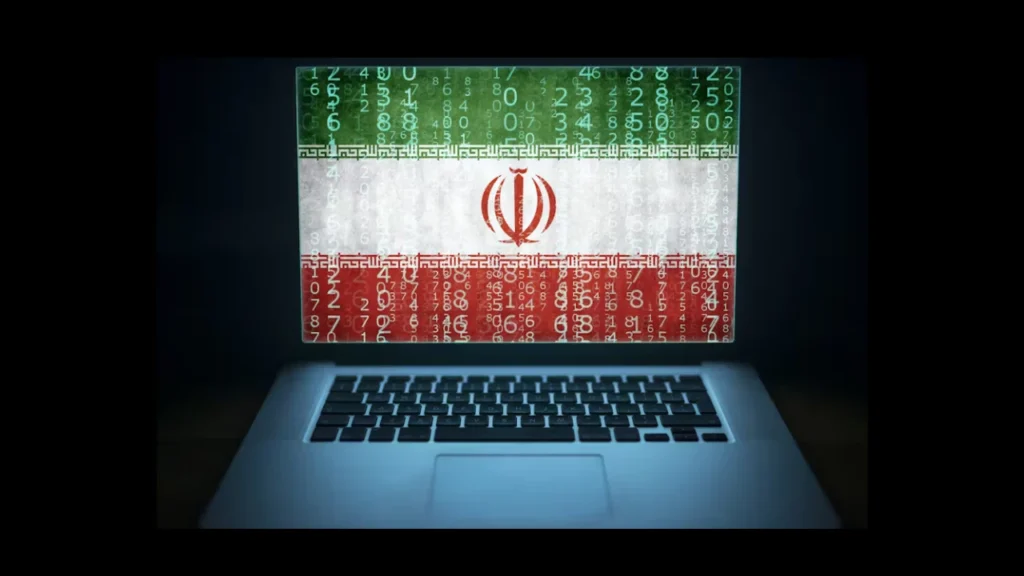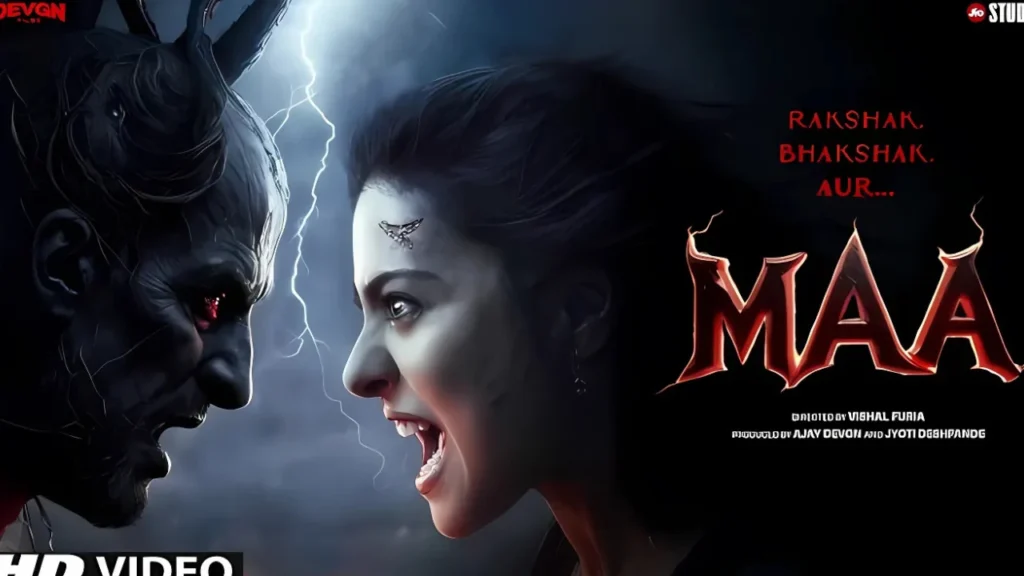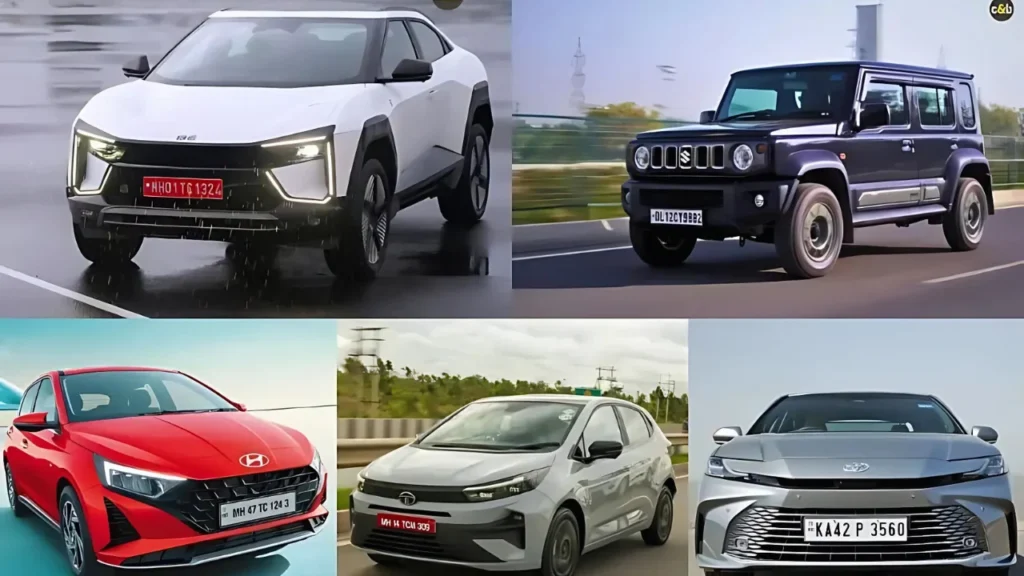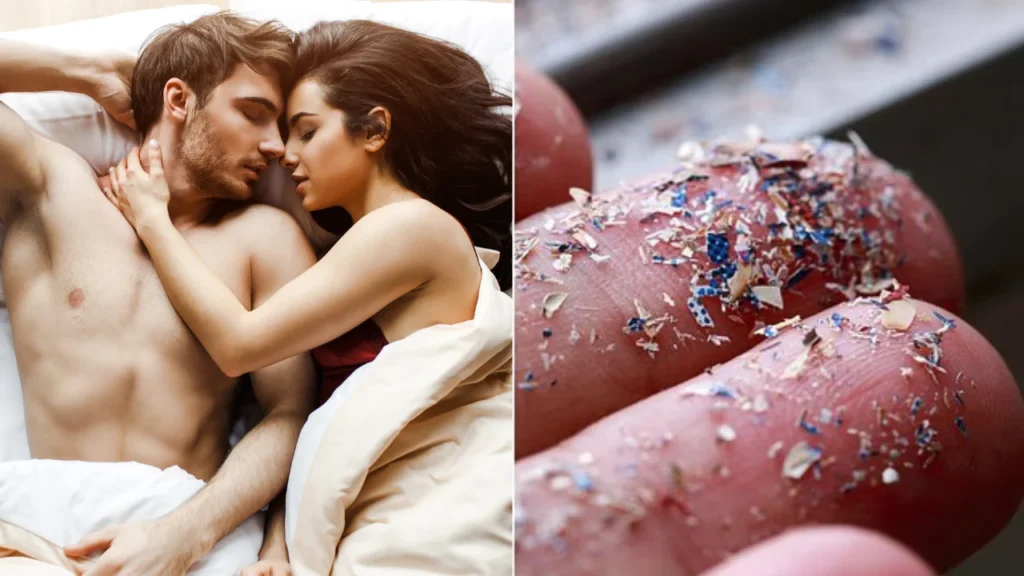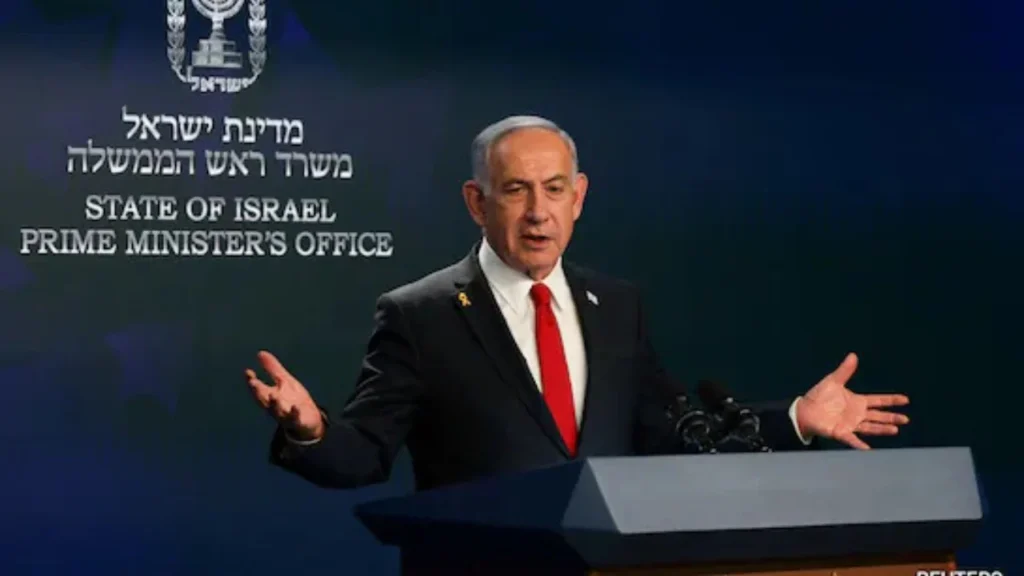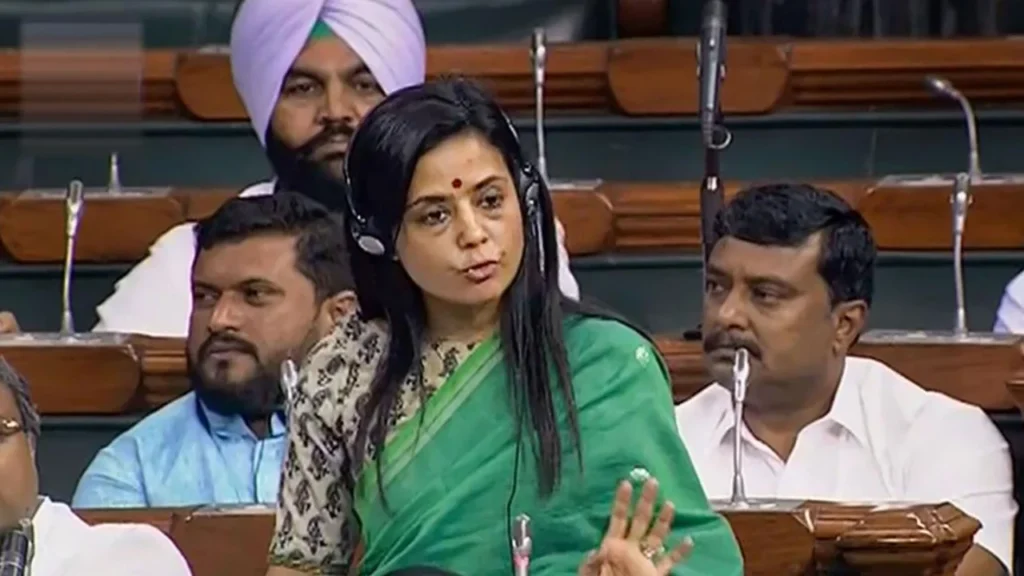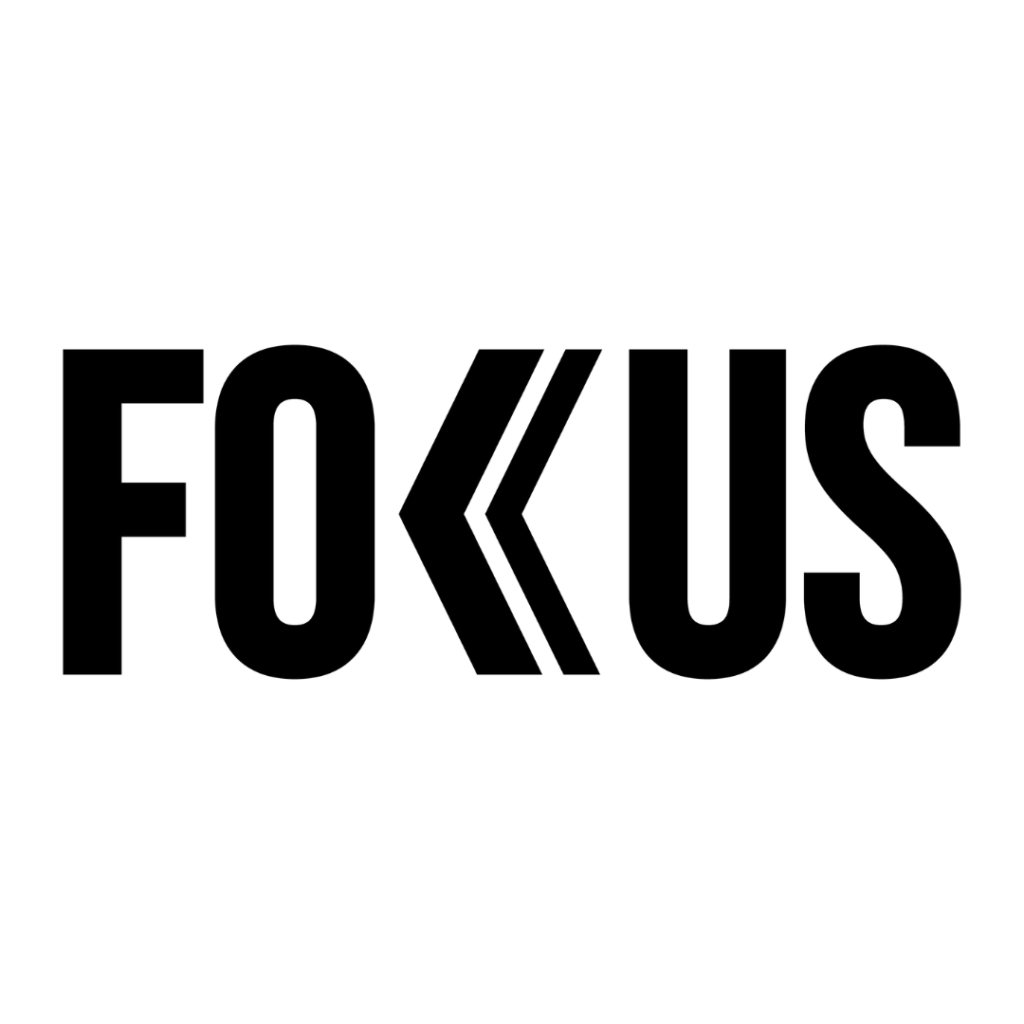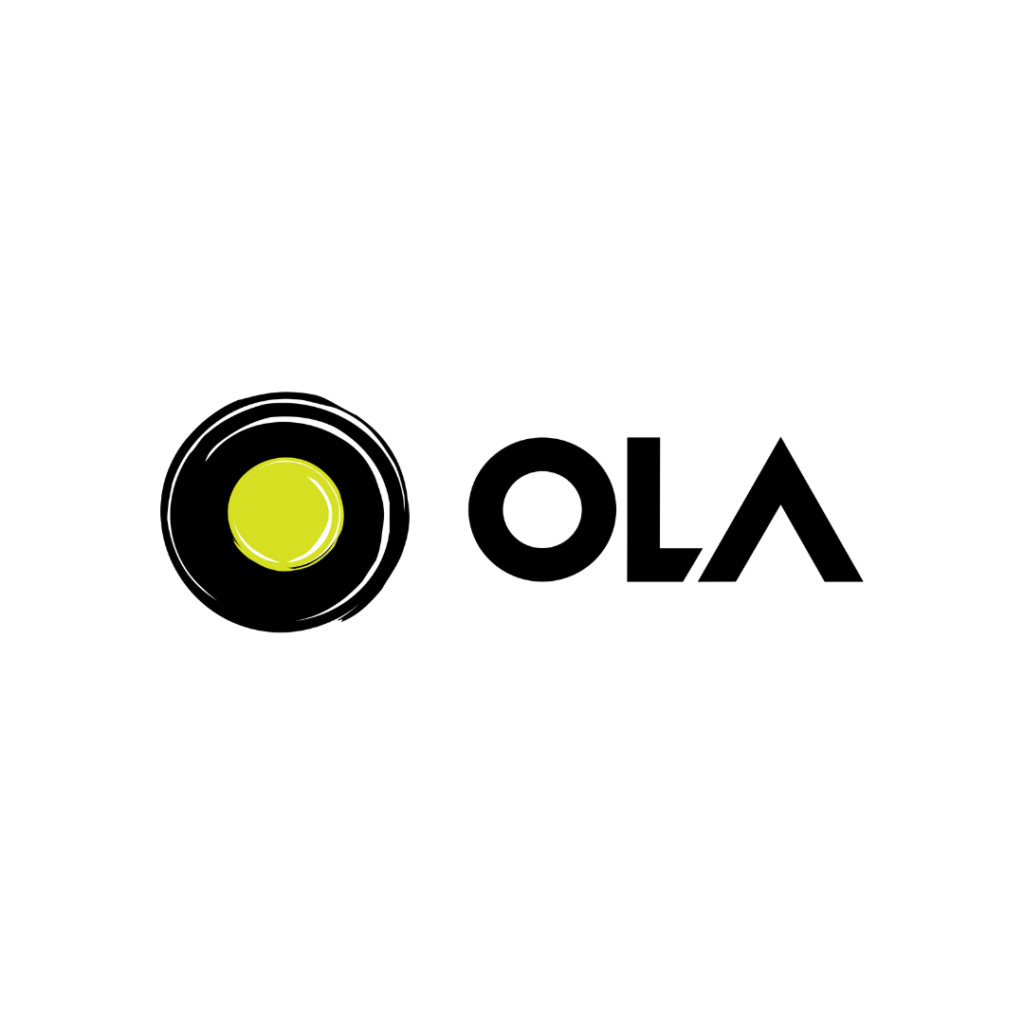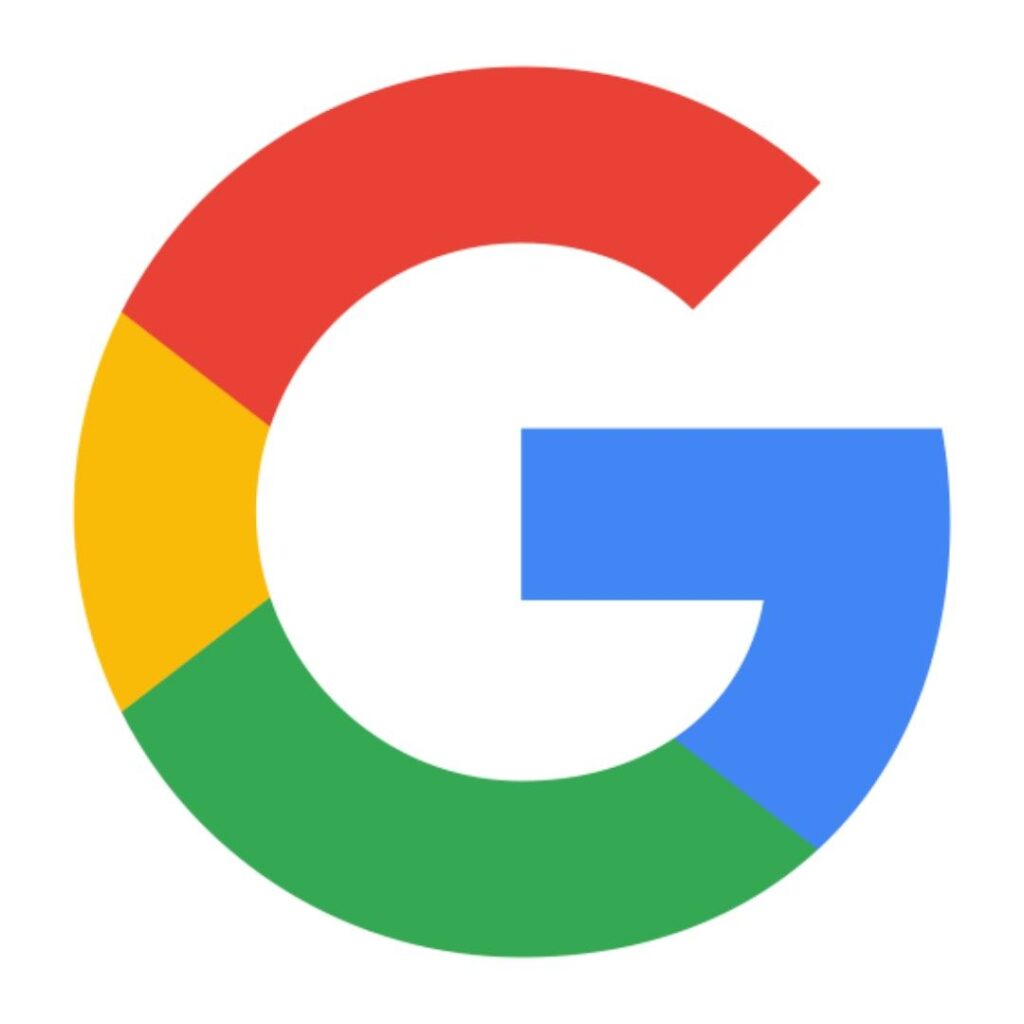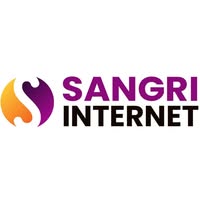Studio Ghibli, founded by legendary filmmakers Hayao Miyazaki and Isao Takahata, is known for its breathtaking animation, heartwarming story telling, and rich fantasy worlds. The studio signature art style features soft, painterly backgrounds, hand-drawn character designs, image and a deep connection to nature. Movies like Spirited Away, My Neighbor Totoro, and Howl Moving Castle have captivated audiences worldwide with their dreamy landscapes, intricate details, and emotionally immersive visuals. This unique artistic charm has inspired generations of artists . Now with advancements in artificial intelligence, even machines are learning to replicate its magic.
AI is revolutionizing the unique industry by generating art that mimics traditional styles, including that of Studio Ghibli. By training deep-learning models on vast datasets of Ghibli-inspired artwork. AI tools can now produce images that resemble the studio’s iconic aesthetic. Techniques like neural style transfer and generative adversarial networks (GANs) helps AI to create soft watercolor-like textures, whimsical character designs, and ethereal scenery. This fusion of technology and artistry is opening new possibilities for digital art. Allowing fans and creators to explore Ghibli enchanting worlds in different ways.
AI and Anime: The Technology Behind Ghibli-Inspired Image Generation
- Origins of AI in Art – AI-generated anime art began with neural networks and machine learning. Evolving to replicate hand-drawn styles like Studio Ghibli’s.
- Neural Style Transfer & GANs – NST applies Ghibli-like textures to images, while GANs (e.g., StyleGAN, Stable Diffusion) generate original anime-style art.
- Training AI on Ghibli’s Style – AI models learn from Ghibli frames, concept art, and fan artworks to capture soft colors, fantasy themes, and expressive characters.
- Popular AI Tools – Platforms like Stable Diffusion, DALL·E, Runway ML, and Mid-Journey facilitate Ghibli-style art creation through deep-learning models.
- Challenges in AI Art – AI struggles with emotional depth, fluid motion, and raises ethical concerns on originality and copyright.
- Future of AI in Anime – AI can assist in animation production but remains a tool rather than a replacement for human creativity.
The Ultimate Guide to AI Tools for Ghibli-Style Image Generation
AI-generated or Ghibli anime art or image has advanced from simple filters to deep-learning models that mimic Studio Ghibli’s style. These models analyze Ghibli’s brushstrokes, colors, and compositions, allowing users to customize textures and lighting with prompt engineering. While free tools like Deep Dream offer basic effects, premium platforms like MidJourney provide more refined results. AI may assist in animation and background design, but human creativity remains essential to capturing Ghibli true magic.
- AI-Powered Animation Assistance – AI is being used to generate Ghibli-style backgrounds and character sketches. And even automate in-between frames for smoother animation.
- Text-to-Image AI Models – Tools like Stable Diffusion and MidJourney allow users to create Ghibli-style scenes from text prompts. Making animation concept art more accessible.
- Enhancing Hand-Drawn Art with AI – Artists can blend AI-generated elements with hand-drawn sketches to refine and enhance their Ghibli-inspired creations.
- Community and Open-Source AI Models – Open-source platforms like Stable Diffusion facilitate users to fine-tune AI models for even more accurate Ghibli-style outputs. Fostering a growing community of AI artists.
- Ethical Considerations in AI Art – The rise of AI-generated Ghibli-style art raises debates about originality, copyright issues, and the balance between AI assistance and human creativity.
Beyond the Code: Challenges in AI-Generated Ghibli Art
AI can replicate Studio Ghibli’s aesthetic to some extent. It struggles with the emotional depth, story-telling nuances, and hand-drawn imperfections that make Ghibli films so unique. While AI-generated images can capture soft colors and fantasy landscapes. They often lack the fluidity, expressiveness, and human touch of traditional animation. Additionally, ethical concerns like originality, copyright issues, and the role of AI in different industries continue to spark debate.
- Lack of Emotional Depth – AI struggles to replicate the story telling warmth and expressive character emotions found in Ghibli films.
- Inconsistent Art Quality – AI-generated images may vary in quality, sometimes producing distorted or unnatural elements.
- Difficulty in Animation – While AI can create still images, generating smooth, frame-by-frame animation in Ghibli’s hand-drawn style remains a challenge.
- Ethical and Copyright Concerns – AI tools trained on existing Ghibli works raise questions about originality, ownership, and fair use.
- Limited Artistic Interpretation – Unlike human artists, AI lacks creativity and cannot truly innovate beyond its training data.
AI in Animation: Will Machines Ever Replace Human Animators?
AI is transforming animation by automating tasks like background generation, in-between frame creation, and colorization, making production faster and more cost-effective. Advanced AI models can generate anime-style art, but they still struggle with the fluid motion, emotional depth, and unique artistic choices that human animators bring to the craft. While AI can mimic styles like Studio Ghibli’s, it lacks the creativity and story telling instincts that define great animation.
Rather than replacing human animators, AI is more likely to serve as a powerful tool to enhance efficiency and creativity. Studios can use AI to stream-line repetitive tasks, allowing artists to focus on character design, story telling, and artistic direction. While AI-generated content will continue to improve, the human touch remains essential for crafting emotionally engaging and culturally rich animations, ensuring that AI complements rather than replaces traditional animation techniques.
Final Thoughts: Can AI Ever Capture the Magic of Studio Ghibli?
AI has made remarkable strides in generating Ghibli-style art, offering new tools for artists and animators to explore. While it can replicate visual aesthetics and stream-line animation workflows, it still lacks the emotional depth, creativity, and story telling instincts of human artists. Rather than replacing traditional animation, AI serves as a complement, enhancing efficiency while preserving the artistry that defines anime. As technology advances, the future of AI in animation will likely be a alliance between human creativity and machine-learning, pushing the boundaries of artistic expression.


